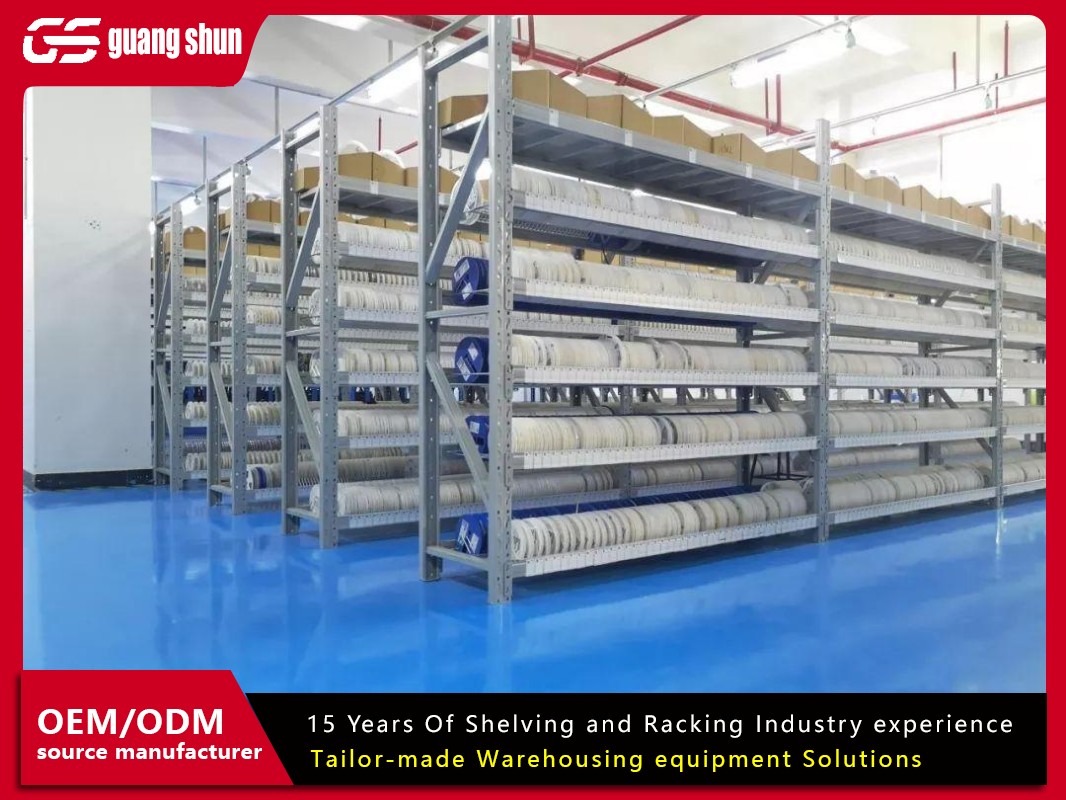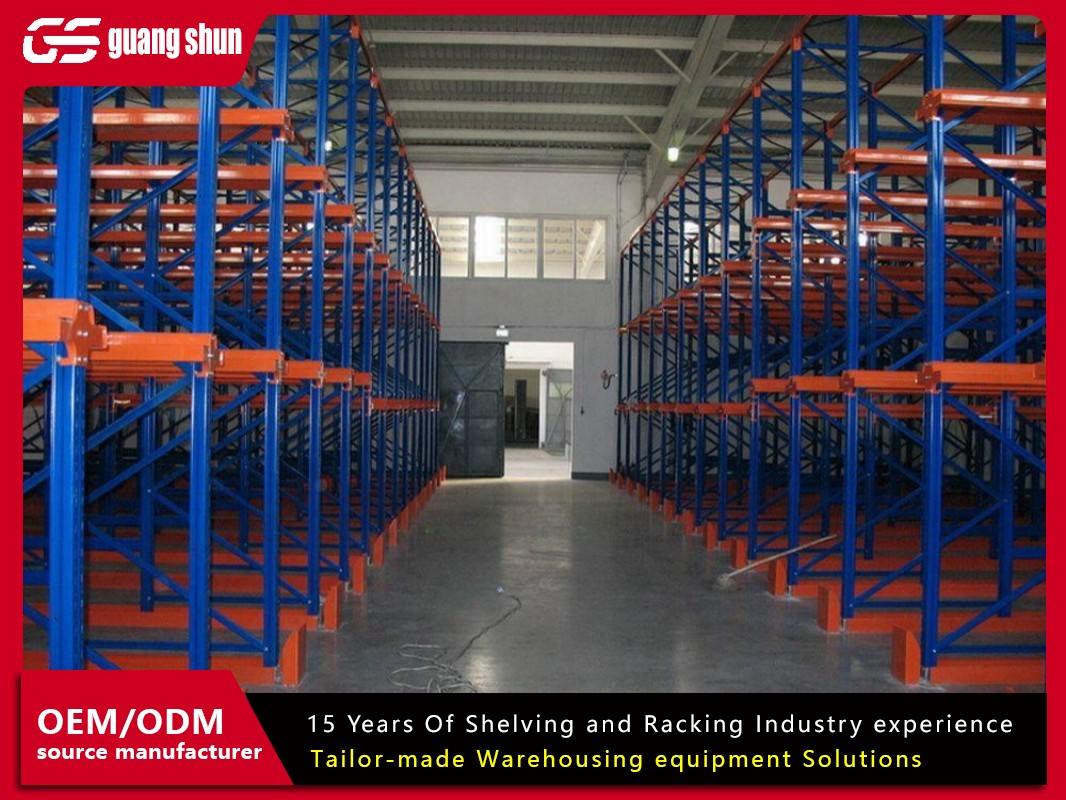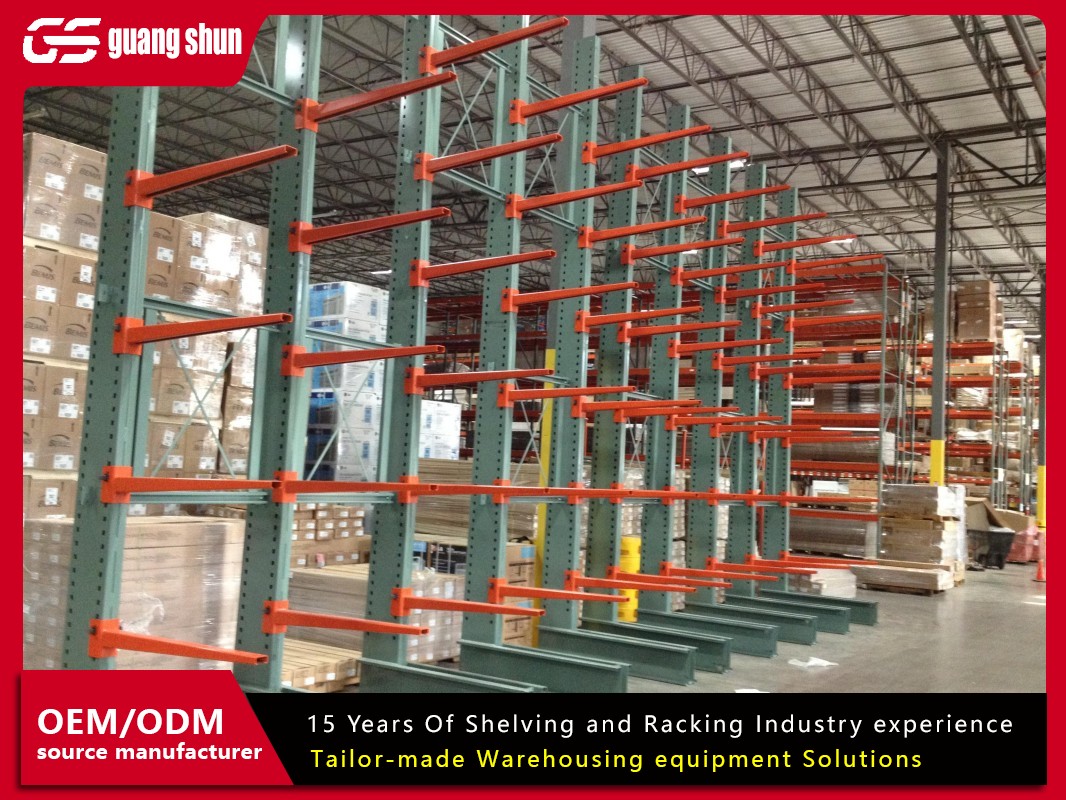In the world of warehousing and logistics, storage efficiency is the cornerstone of productivity and profitability. Among the myriad of storage solutions available, one stands out for its timeless reliability, adaptability, and cost-effectiveness: the conventional racking system. This workhorse of the warehouse has been the go-to choice for decades, providing a robust framework for organizing and accessing palletized goods.
But what exactly makes up a conventional racking system? How does it function, and what are the potential pitfalls to avoid? This comprehensive guide will delve into seven crucial aspects of these systems, explore their common applications, and highlight the frequent problems faced by warehouse managers. Whether you're planning a new facility or optimizing an existing one, understanding the intricacies of the conventional racking system is essential.
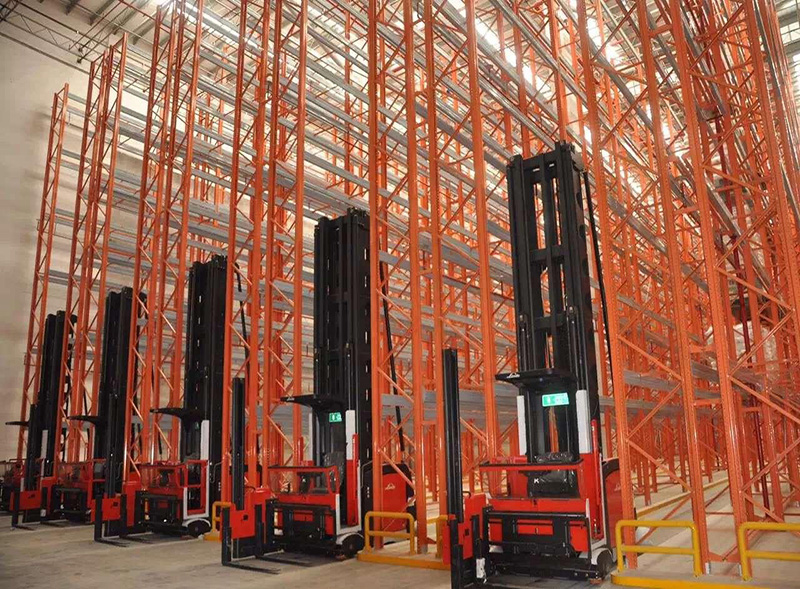
What Exactly is a Conventional Racking System?
A conventional racking system, often referred to as adjustable pallet racking (APR), is the most common and widely used type of storage structure in warehouses across the globe. Its core design principle is simplicity and flexibility. It consists of upright frames (vertical components) and horizontal beams that create multiple levels of storage for palletized goods.
The key characteristic of a conventional racking system is its selective access. Each pallet load is accessible at any time without moving others, making it ideal for warehouses with a high number of SKUs (Stock Keeping Units) and where first-in, first-out (FIFO) inventory management is required. This versatility and straightforward design have cemented its status as the default choice for a vast range of industries, from food and beverage to automotive and retail.
The Core Components and Anatomy
Understanding the anatomy of a conventional racking system is crucial for safety, maintenance, and procurement. The system is built from several key components:
Upright Frames: These are the vertical structures that form the backbone of the system. They are typically constructed from rolled steel and feature a series of holes or teardrop slots at regular intervals up their height.
Beams: Horizontal members that connect two upright frames, creating the support levels for the pallets. Beam ends have hooks that lock into the holes on the upright frames, making the entire structure sturdy and, importantly, adjustable.
Wire Mesh Decking or Beams: For safety and support, many systems use wire mesh decks or additional cross-braces that sit on the beams. These prevent pallets and small items from falling through and provide a more stable surface.
Row Spacers and Braces: These components connect back-to-back rows of racking, increasing the overall stability and integrity of the installation.
Shims: Used to level the racking on uneven floors, ensuring the load is distributed correctly and the structure remains plumb.
Safety Pins or Locking Devices: These small but critical devices are inserted into the beam-to-upright connection to prevent the beams from accidentally becoming dislodged by forklift impacts.
Different Types and Configurations
While the basic selective design is universal, the conventional racking system can be configured in specific ways to meet unique storage needs:
Single-Depth: The most standard configuration, where pallets are stored one deep on each side of an aisle. This offers the highest selectivity.
Double-Depth: This configuration uses longer beams to store pallets two deep. It increases storage density by reducing the number of aisles but requires a deep-reach forklift to access the second pallet, slightly reducing selectivity.
Drive-In/Drive-Thru Racking: A high-density variant that eliminates aisles. Forklifts drive directly into the rack structure to place and retrieve pallets. Drive-Thru allows access from both ends, suitable for FIFO, while Drive-In (one end) is for LIFO (Last-In, First-Out).
Cartesian (2D) vs. Teardrop (1D): This refers to the upright frame design. Teardrop systems have slots on one axis, while Cartesian systems have holes on two axes, offering more flexibility for beam height adjustment and the potential for higher load capacities.
The Unbeatable Advantages and Benefits
The enduring popularity of the conventional racking system is not without reason. It offers a compelling set of advantages:
High Selectivity: Every single pallet is 100% accessible, which is perfect for high-turnover inventory.
Flexibility and Adjustability: Beams can be easily relocated up or down the upright frames as inventory size changes, making the system adaptable to future needs.
Cost-Effectiveness: Compared to more automated systems, the initial investment, maintenance, and operational costs are significantly lower.
Ease of Installation and Relocation: These systems are relatively straightforward to assemble, disassemble, and reconfigure, offering great flexibility for growing or changing businesses.
Durability and Strength: Manufactured from high-quality steel, a well-maintained conventional racking system can last for decades, handling immense weights.
Compatibility: It works with a wide range of standard forklifts and pallet types, avoiding the need for specialized, expensive equipment.
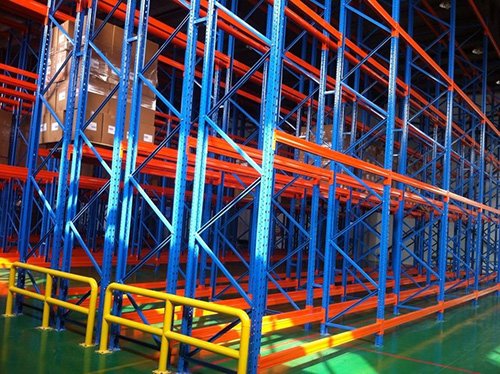
Common Applications and Ideal Use Cases
The versatility of the conventional racking system makes it suitable for a massive range of applications:
Distribution Centers: For storing a vast variety of products that need frequent and random access.
Cold Storage Facilities: Its simple design performs well in low-temperature environments.
Manufacturing Plants: For storing raw materials and finished goods ready for shipment.
Retail Backrooms: Supporting store inventory with a flexible storage solution.
Archives: With the addition of shelving decks, it can be used for storing boxes and documents.
It is ideal for businesses with a large number of SKUs, those that require strict inventory control methods like FIFO, and operations where product dimensions change frequently.
7 Common Problems and Challenges with Conventional Racking Systems
Despite its robustness, a conventional racking system is not immune to problems. Being aware of these issues is the first step toward prevention.
Forklift Impact Damage: This is the single most common problem. Collisions with upright frames or beams can cause bends, cracks, or misalignments. Even minor damage can significantly compromise the structural integrity and load-bearing capacity of the entire bay.
Improper Loading: Exceeding the maximum allowable weight per beam level or placing unevenly distributed loads on the beams is a severe safety hazard. This includes overhanging pallets that can create leverage points and cause failure.
Poor Installation or Lack of Anchoring: If the racking is not installed perfectly plumb and level, or if it is not properly anchored to the concrete floor, it becomes unstable. This can lead to a catastrophic collapse, especially under full load.
Missing or Damaged Safety Components: The absence of safety pins, loose beam connectors, or damaged wire decking creates immediate dangers. These components are designed as fail-safes and are critical for operational safety.
Lack of Regular Inspections: Without a formal, regular inspection program conducted by a trained designated person, minor issues go unnoticed and can escalate into major failures. OSHA and other regulatory bodies require regular rack inspections.
Inadequate Training: Operators who are not properly trained on how to navigate aisles, place and retrieve loads correctly, and recognize rack damage are a primary cause of many of the problems listed above.
Using Non-Compatible or Substandard Components: Mixing components from different manufacturers or using cheap, non-rated replacement parts is extremely dangerous. Beams and uprights are engineered to work together as a system; altering this compromises its designed safety factor.
Essential Maintenance and Safety Best Practices
To maximize the lifespan and safety of your conventional racking system, a proactive approach is non-negotiable. Implement these best practices:
Implement a Formal Inspection Program: Conduct daily visual checks by operators, weekly walkthroughs by supervisors, and formal documented inspections by a competent person every quarter or as recommended by the manufacturer.
Invest in Quality Impact Protection: Install column guards, rack protectors, and wheel guards on your forklifts to minimize damage from collisions.
Enforce Strict Loading Protocols: Clearly label the load capacity for each beam level and train staff never to exceed it. Ensure loads are evenly distributed and centered on the beams.
Prioritize Operator Training: Comprehensive and ongoing forklift training is essential. This should include specific modules on rack safety and damage prevention.
Address Damage Immediately: Have a clear protocol for what constitutes damage and what to do when it's found. Damaged components must be unloaded immediately, marked as "Do Not Use," and replaced with manufacturer-approved parts.
Keep Aisles Clear and Well-Marked: Ensure aisles are wide enough for your equipment and free of obstructions. Use clear floor marking to guide operators.
The conventional racking system has earned its place as the undisputed champion of warehouse storage for good reason. Its perfect blend of flexibility, accessibility, and cost-efficiency makes it an incredibly powerful tool for optimizing storage space. While it is not without its challenges, primarily stemming from impact damage and human error, these risks can be effectively managed through a strong culture of safety, rigorous training, and a disciplined maintenance regimen.
By understanding its components, advantages, and potential problems, you can leverage the full potential of your conventional racking system to create a safer, more efficient, and highly productive warehouse environment for years to come. It remains a smart, reliable, and foundational investment for any business looking to master its inventory management.



